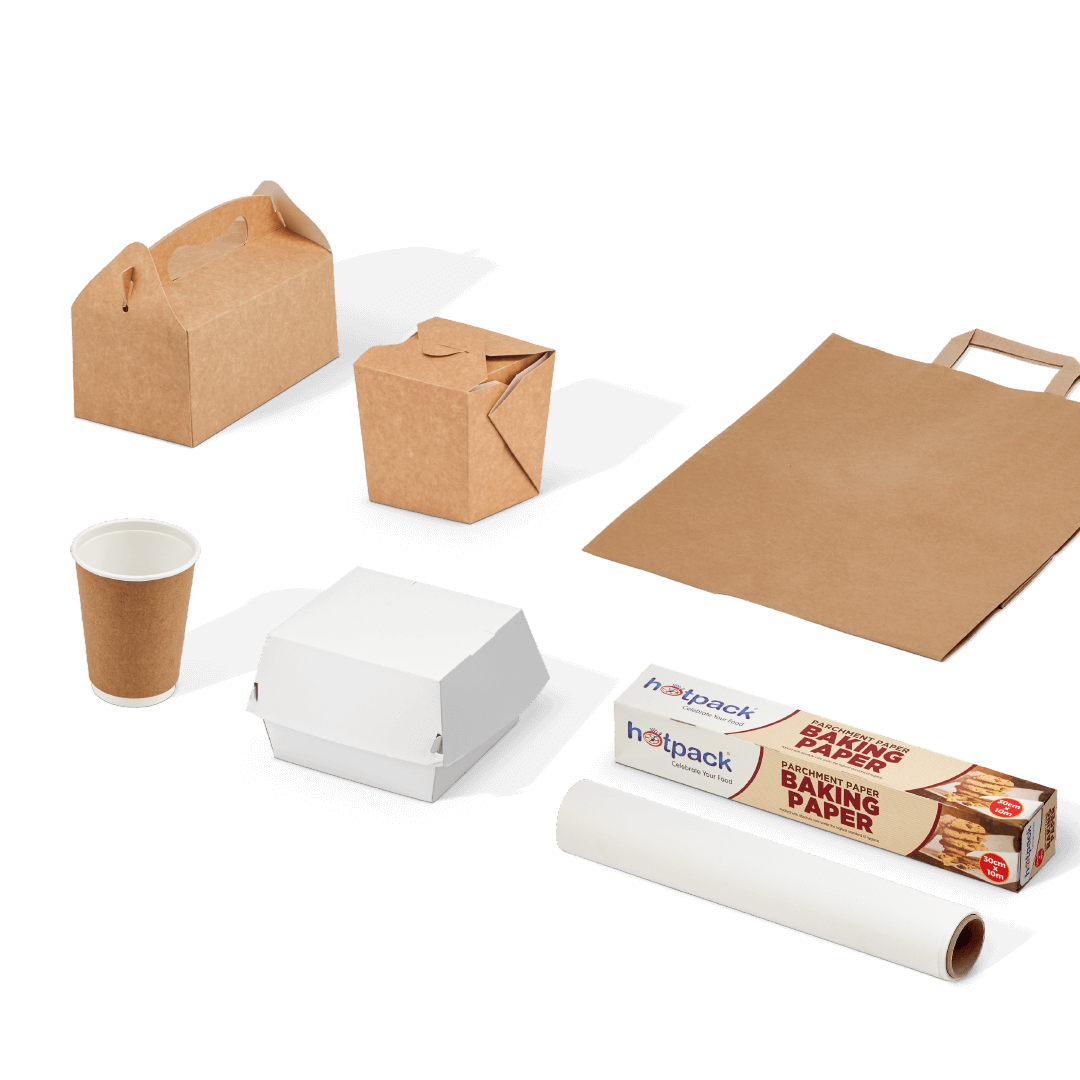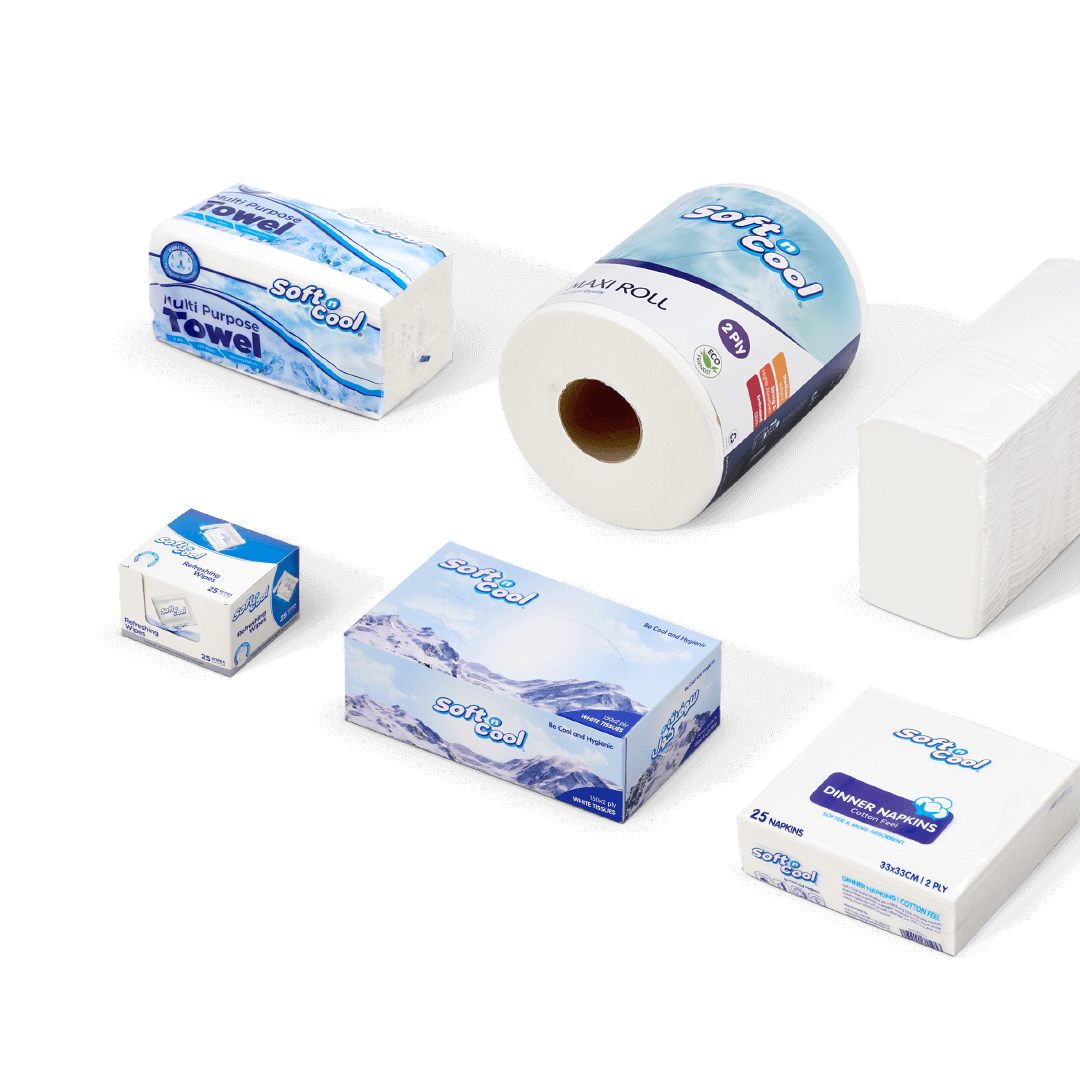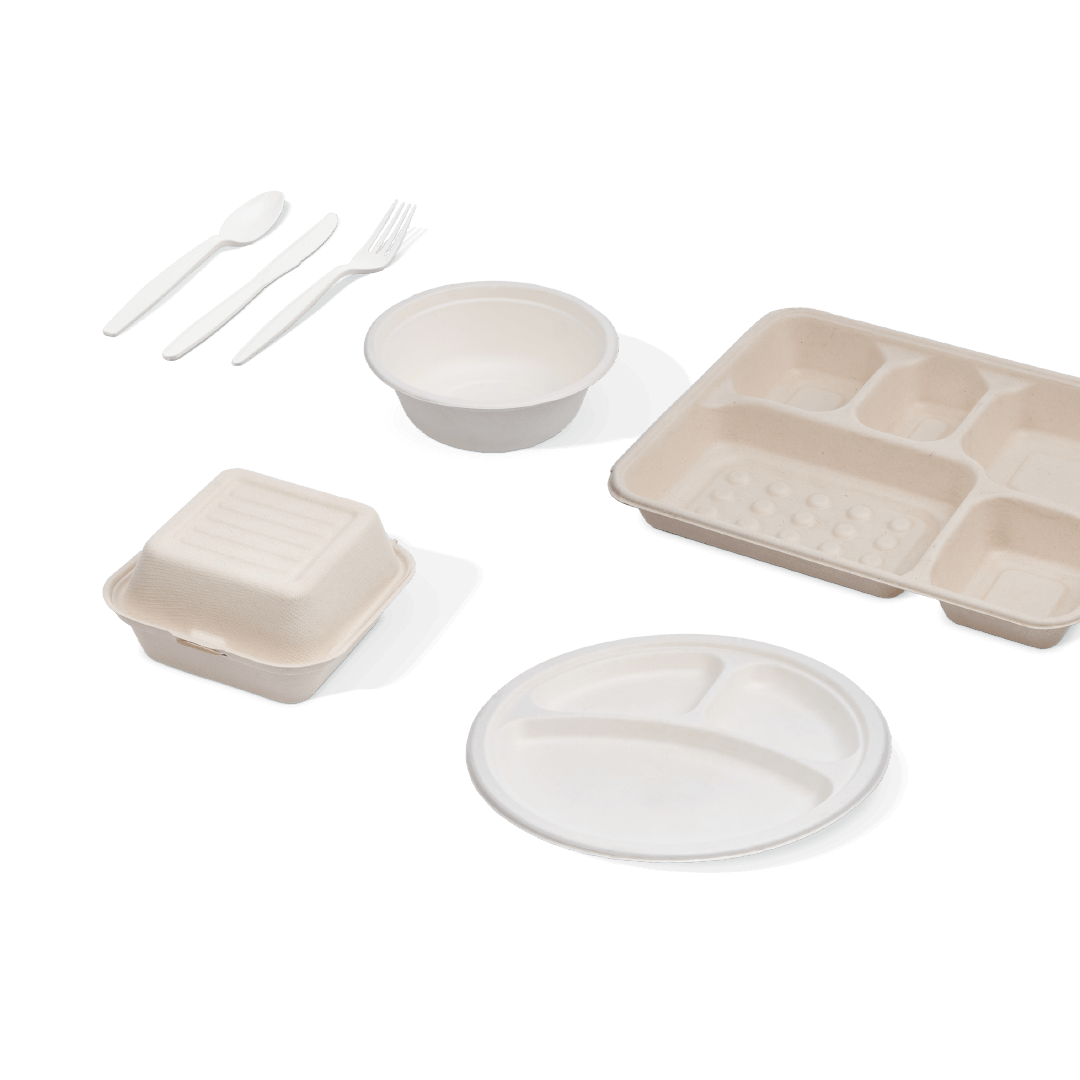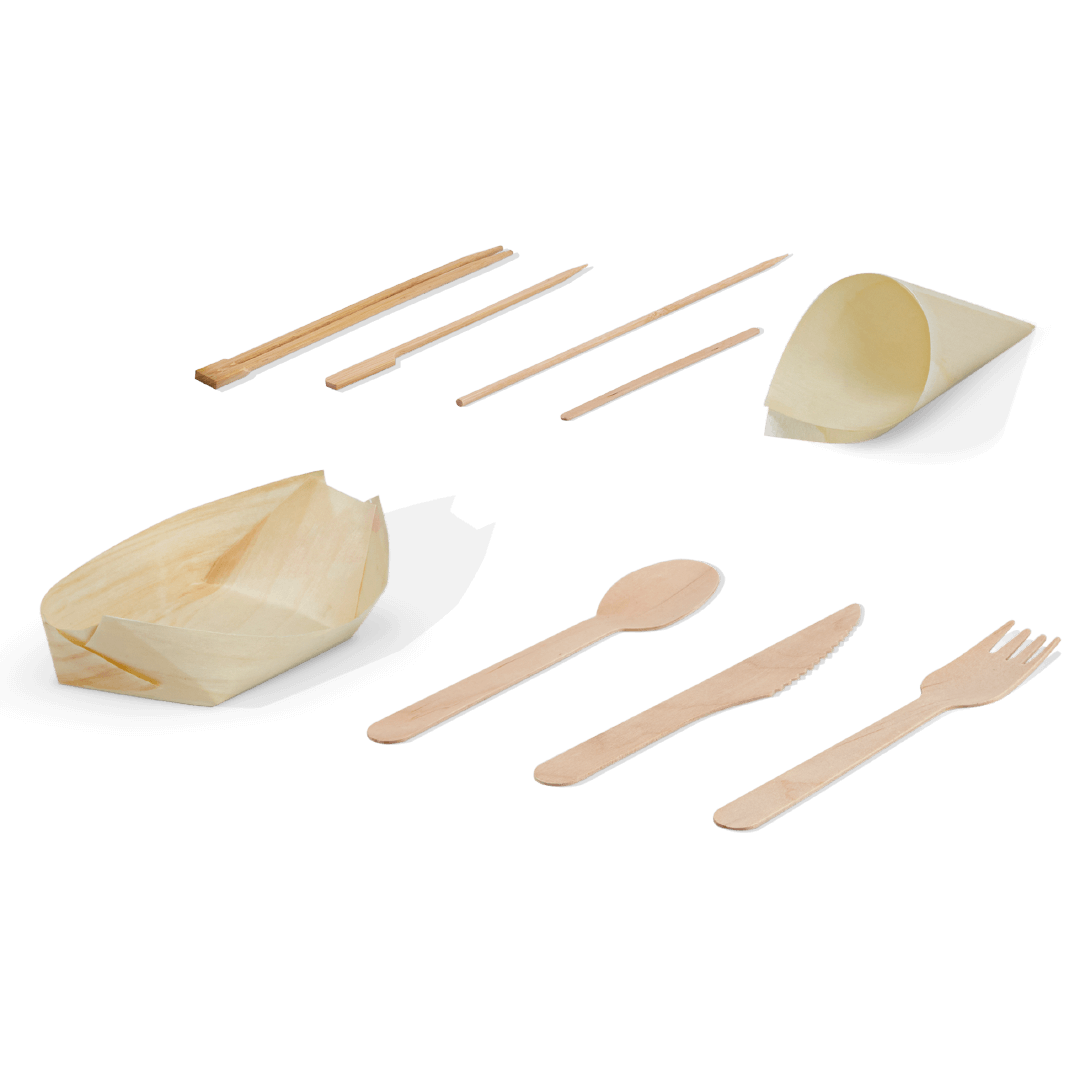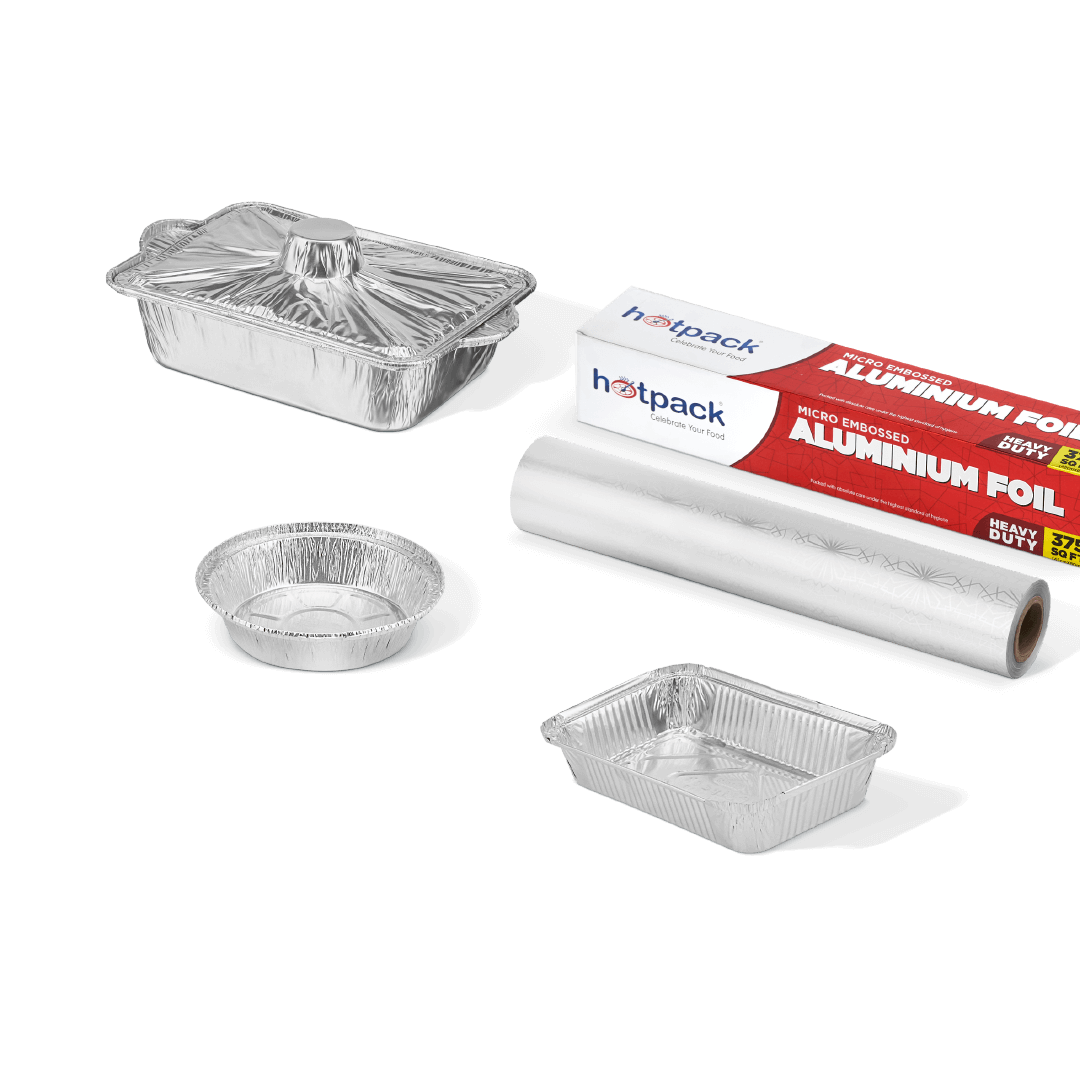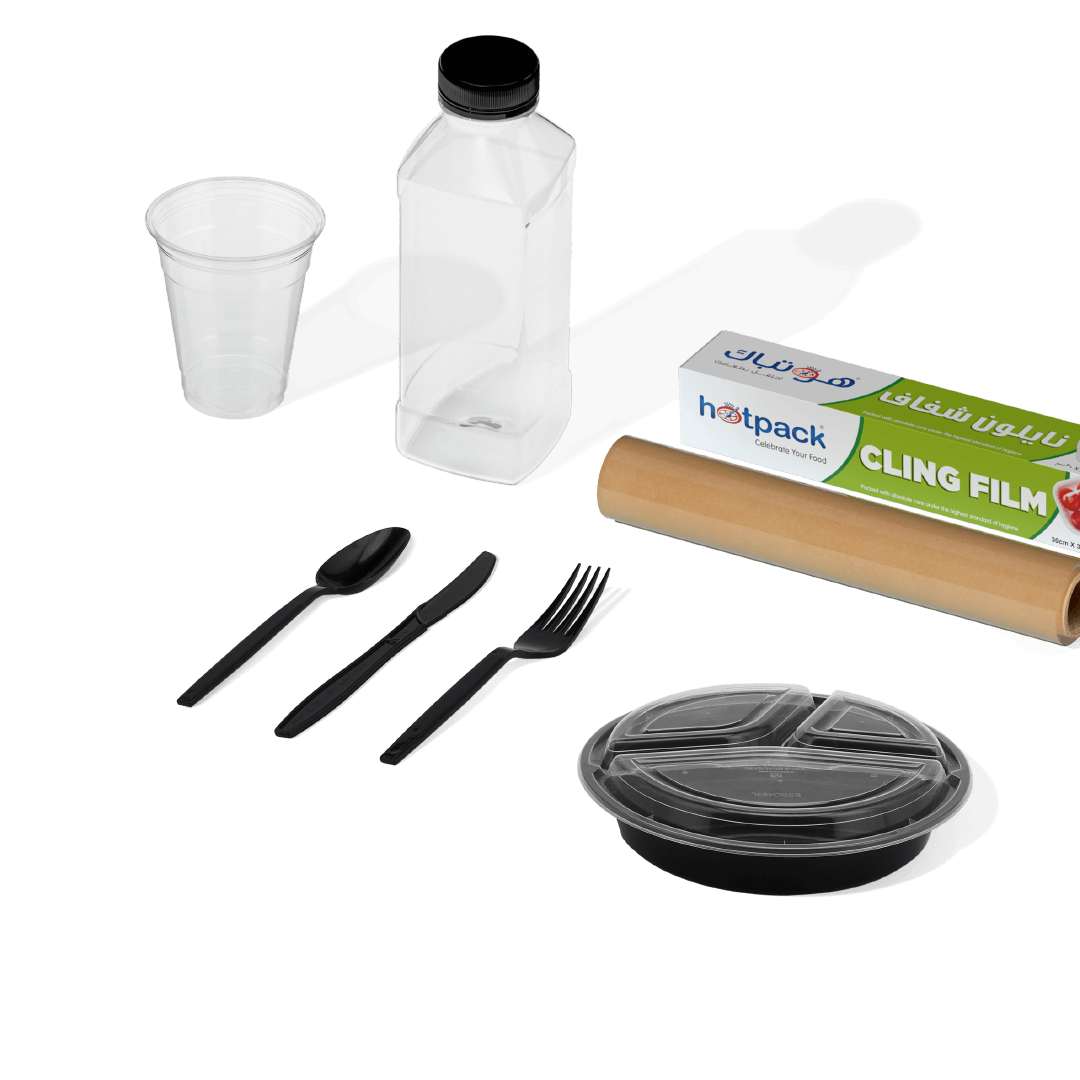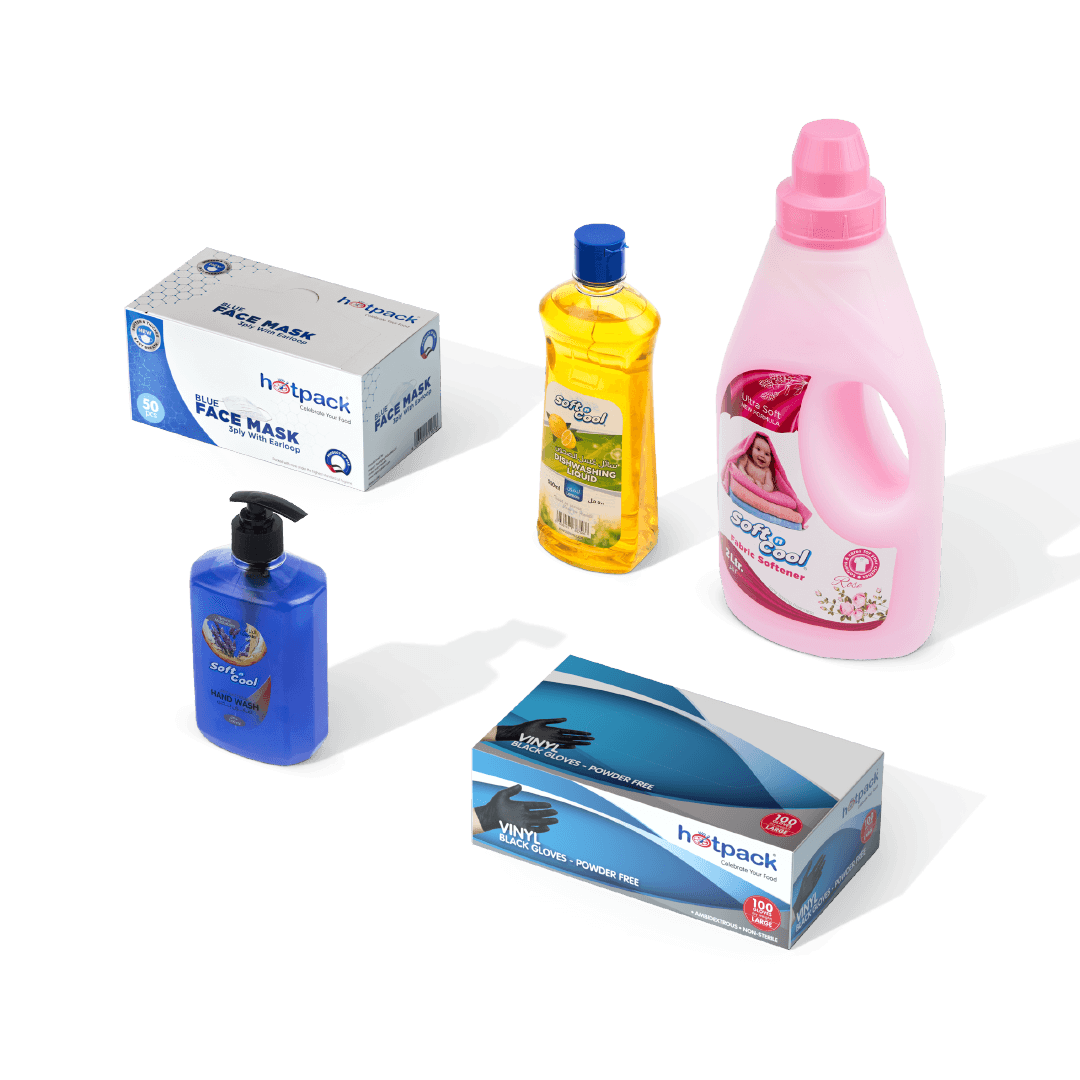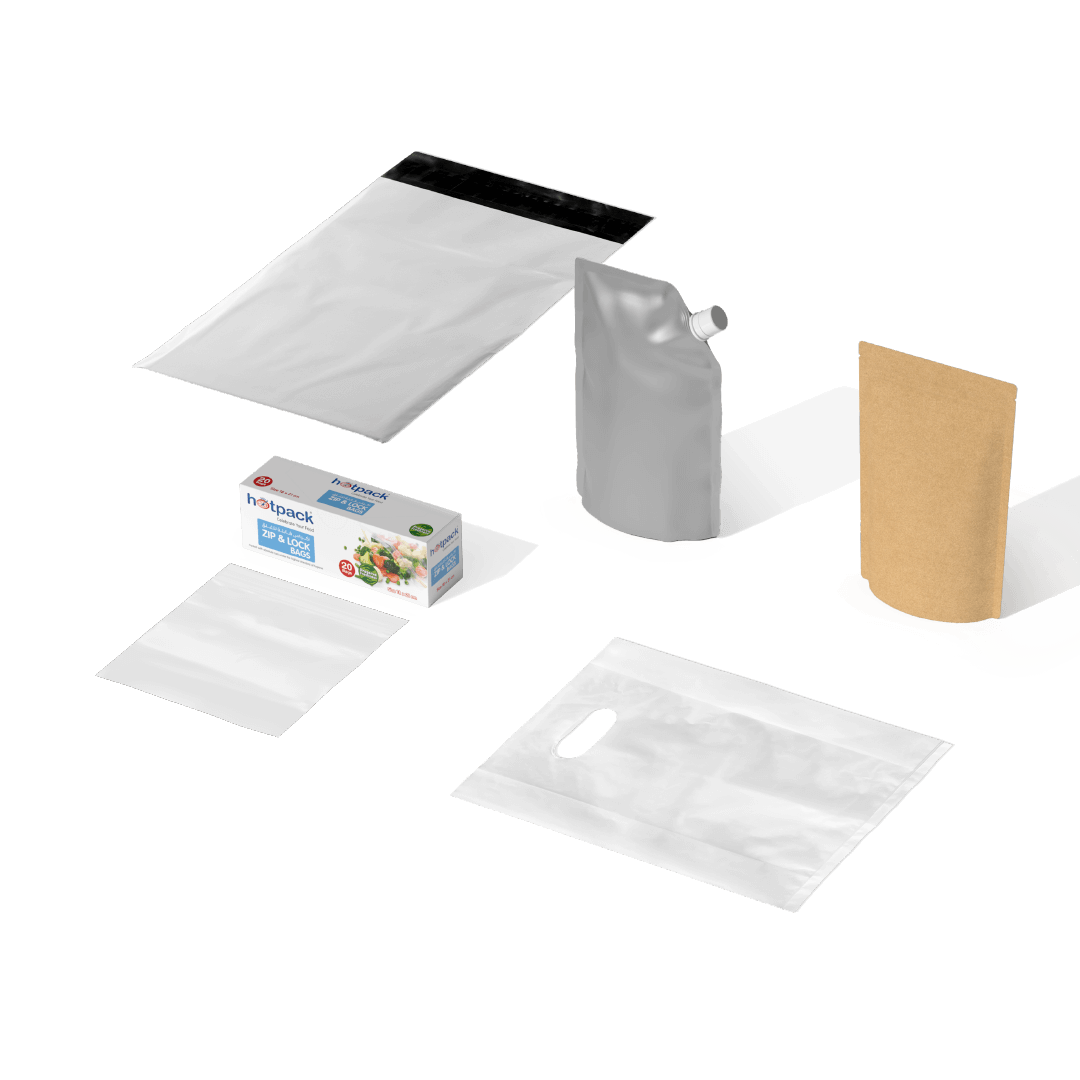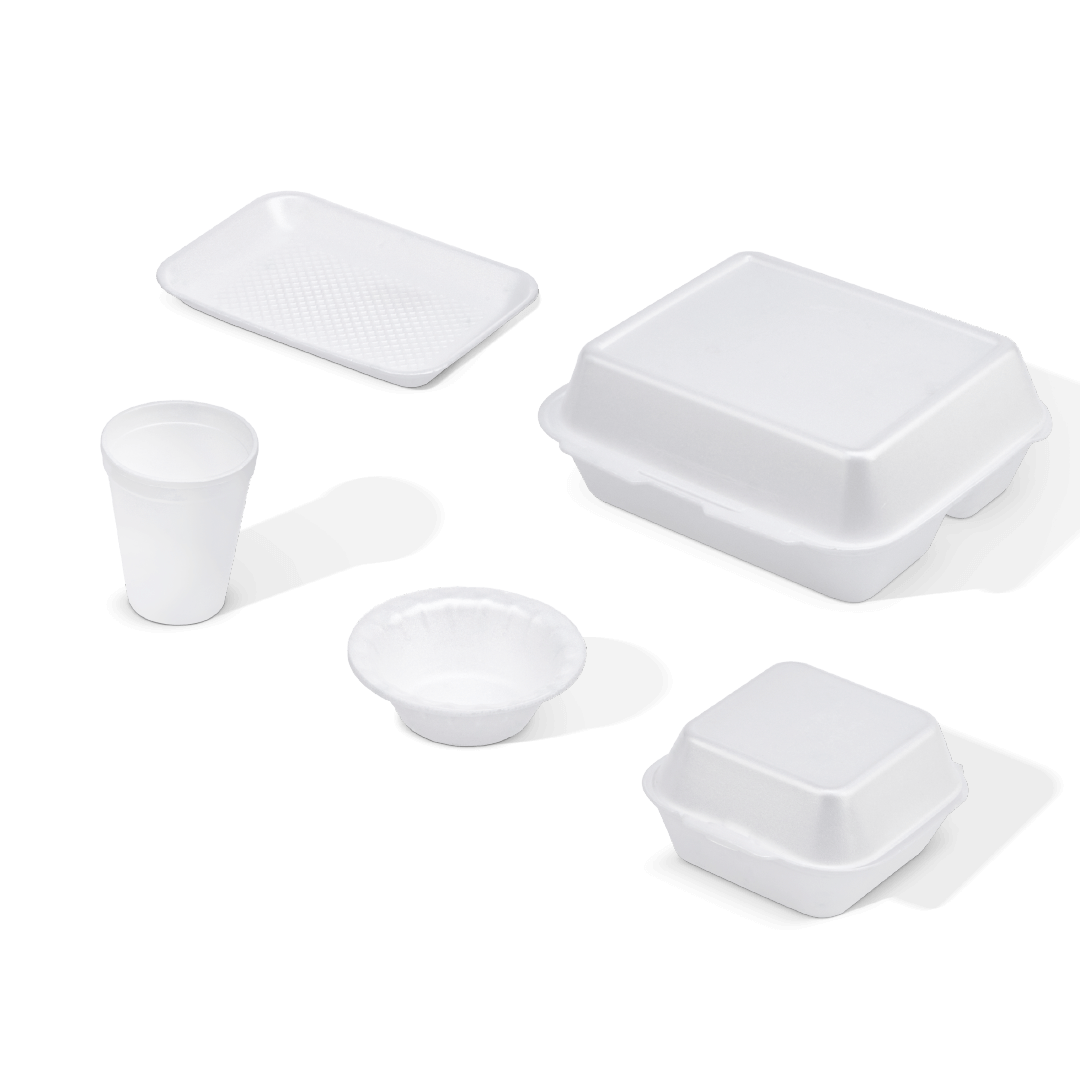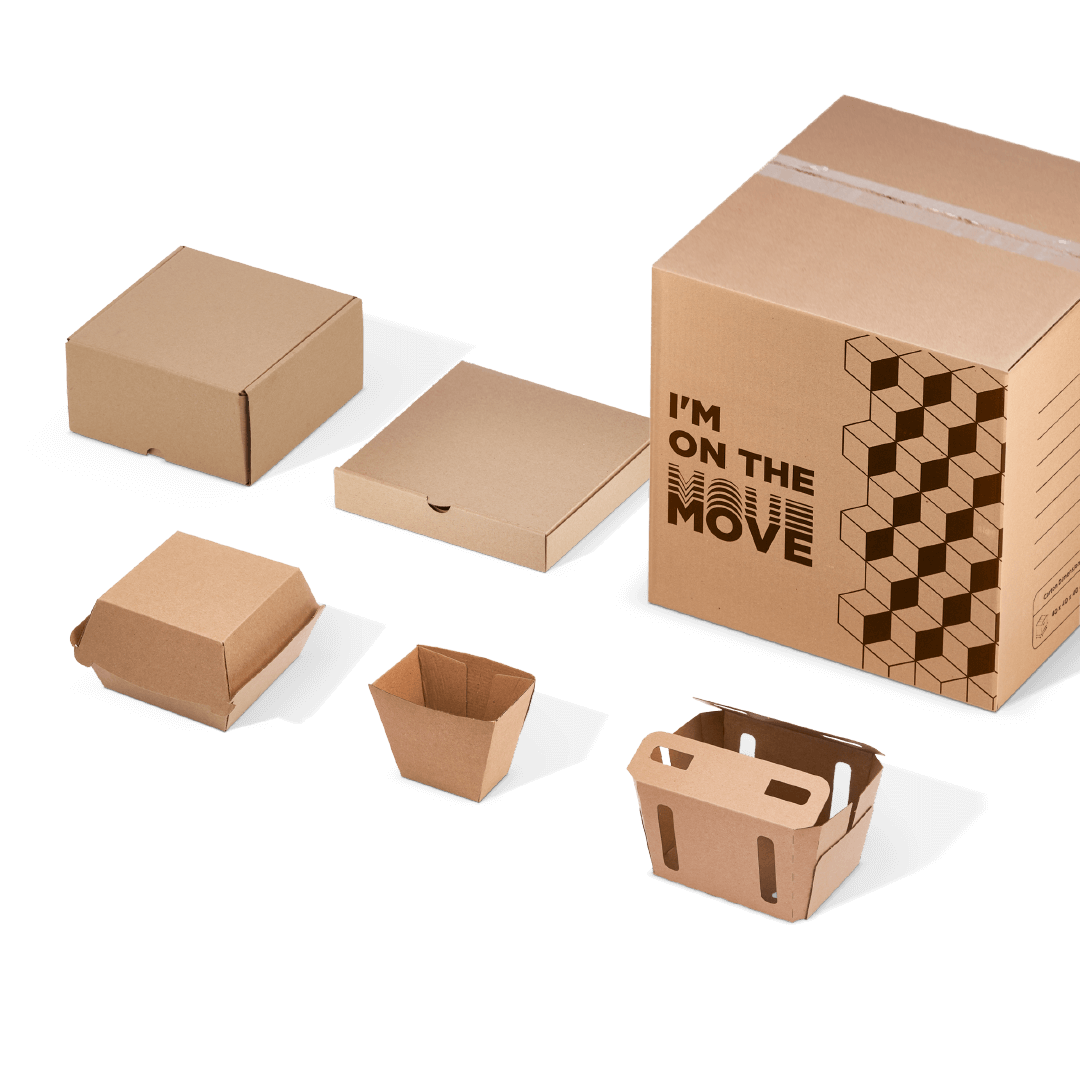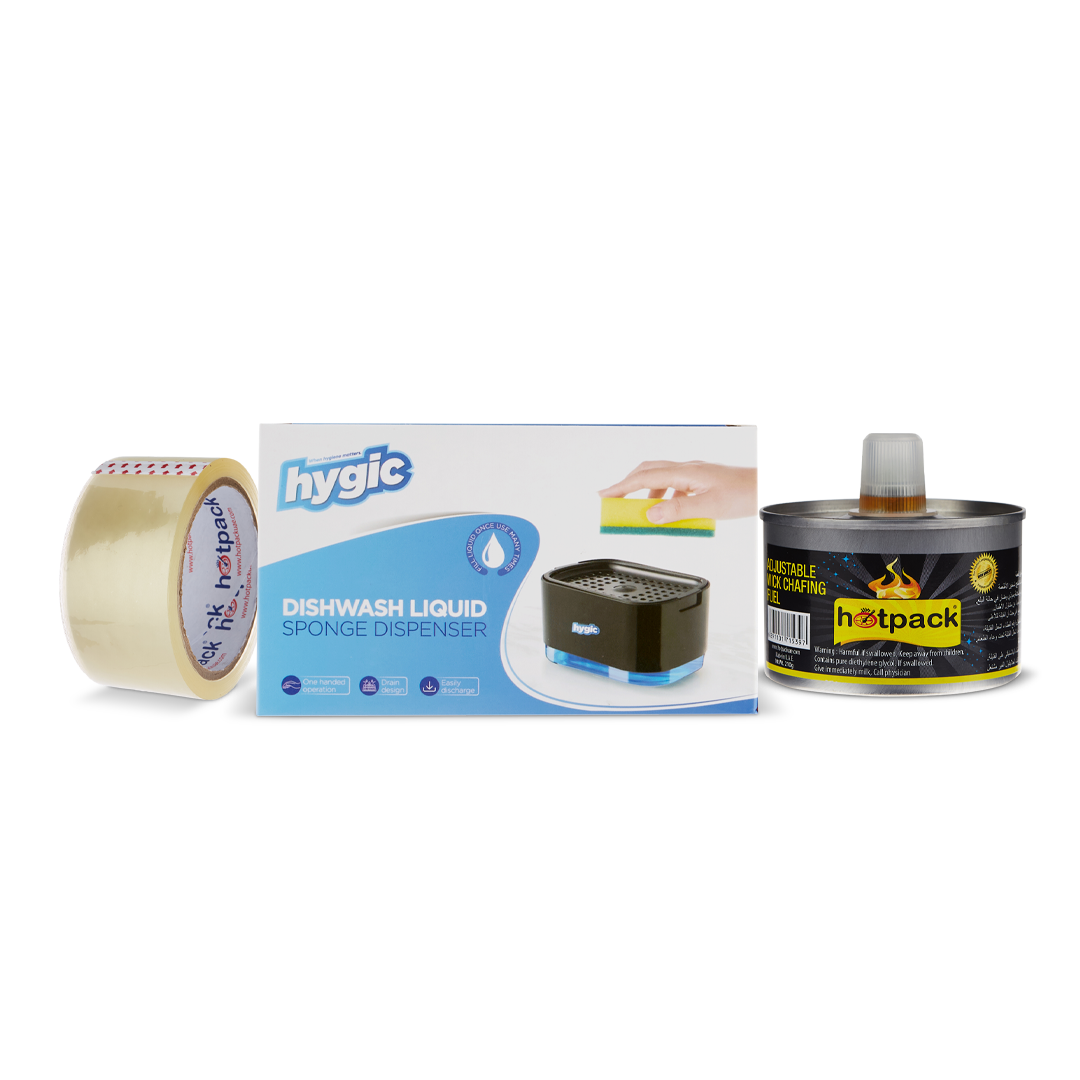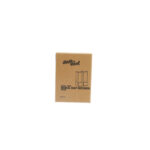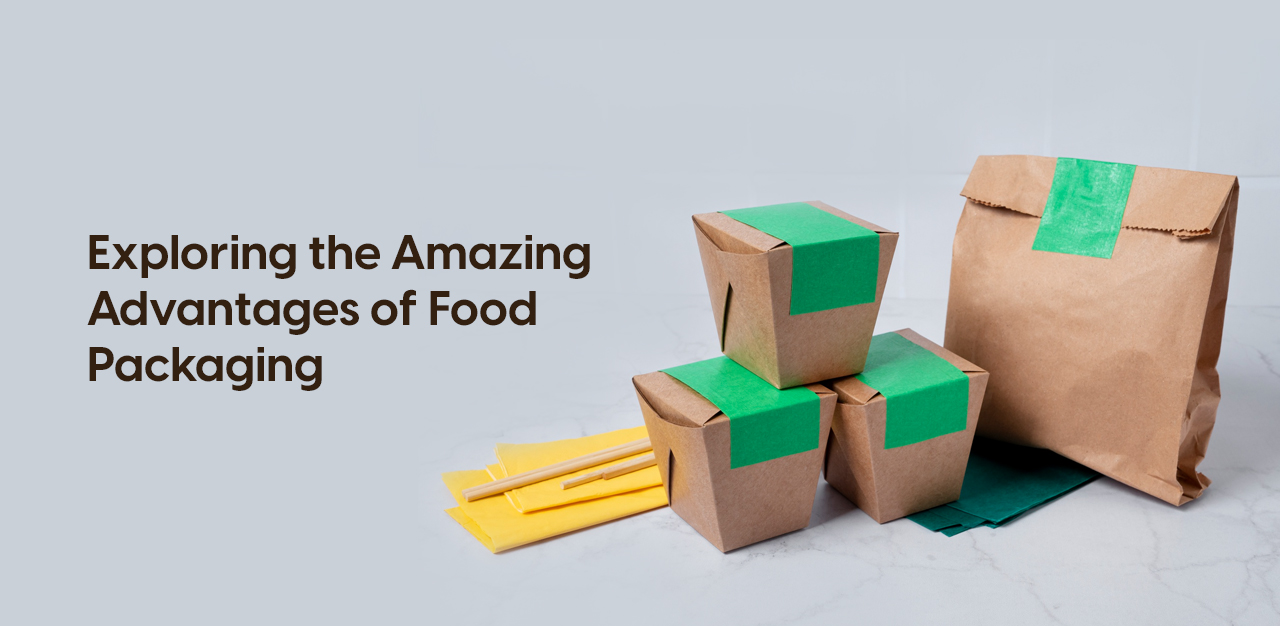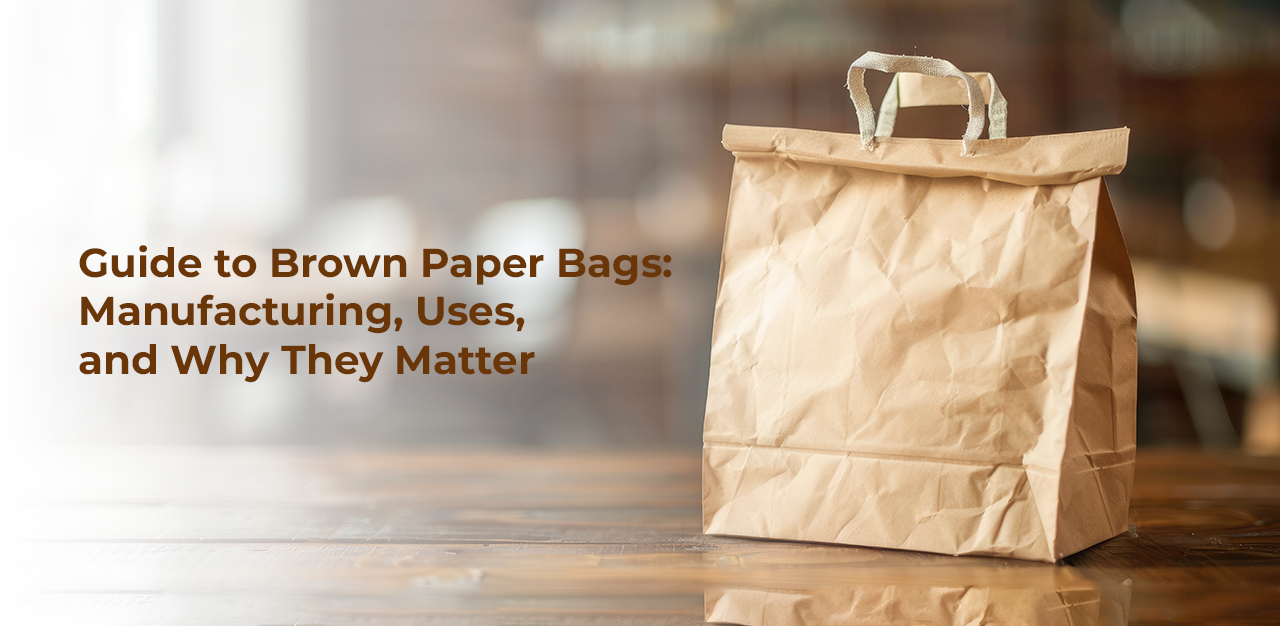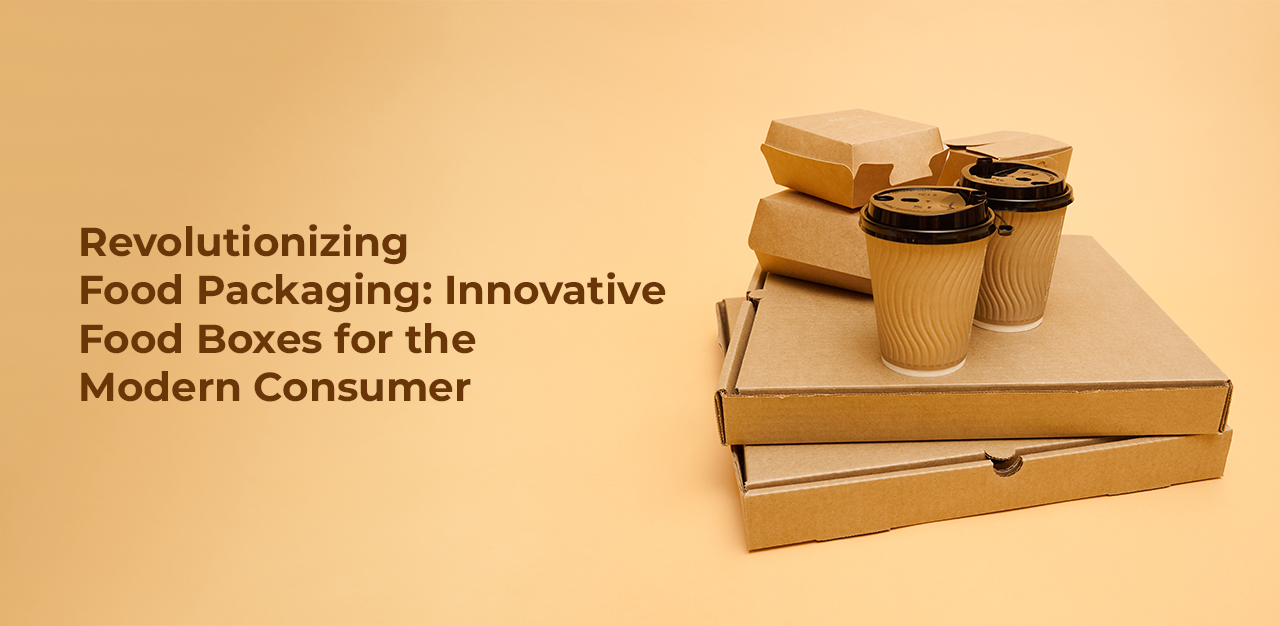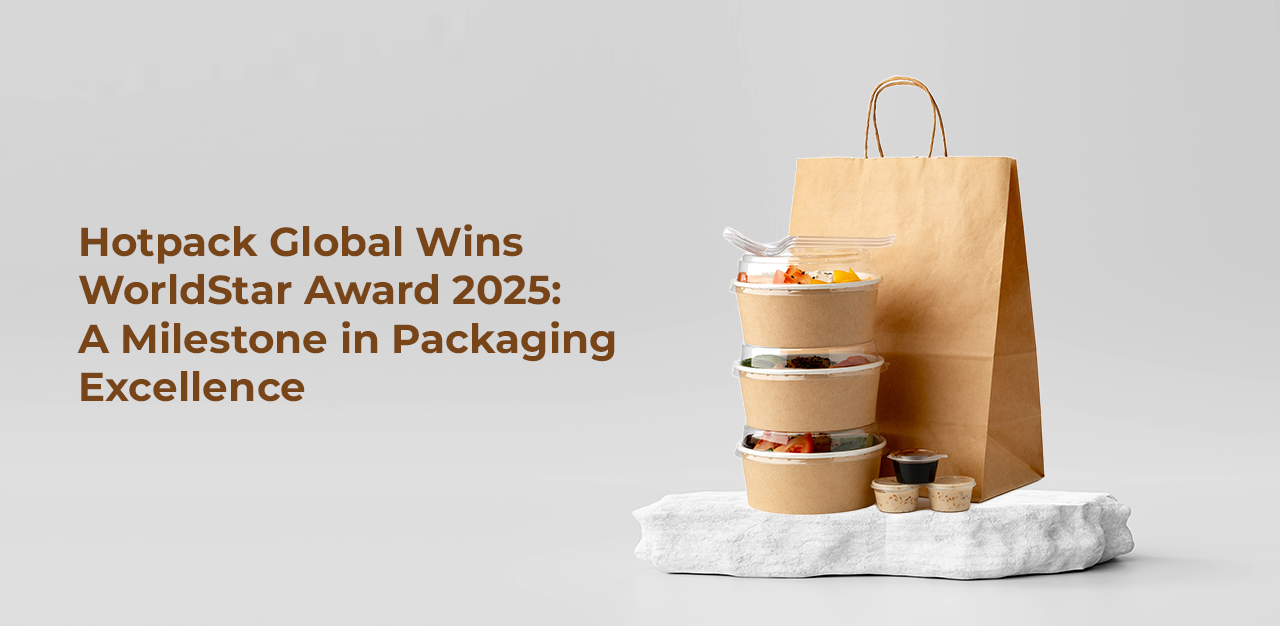The packaging of food has now become the most crucial aspect of modern life that often goes unnoticed despite its significant impact on our daily routines. Moreover, food packaging plays an important role in preserving freshness beyond its primary purpose of containing as well as protecting food in order to enhance convenience and the safety of consumables.
The benefits of food packaging are far-reaching and multifaceted, from supermarkets to our kitchen pantries, which highly revolutionize the way we buy, store, and consume our meals.
In this post, we will help you to delve deeper into the main advantages of food packaging while also shedding light on its vital role in the modern food industry.
Top 10 Advantages of Food Packaging
We have explained the top 10 advantages of food packaging and its vital role in the modern food industry:
- Convenience and Portability
Individual packaging portions, resealable bags, and single-serving containers cater to busy lifestyles by simply offering quick and effortless meal options, as the convenience factor that packaging provides cannot be overstated.
Moreover, packaging innovations like microwave-safe containers and self-heating meal pouches have revolutionized the way we think about meals on the move. This seamless integration of packaging into our lifestyles showcases its adaptability and commitment to making our lives easier, tastier, and more enjoyable.
- Preservation of Freshness
Airtight packaging, vacuum seals, and modified atmosphere packaging also help to create an environment that slows down the deterioration of food by maintaining its freshness and flavour for longer periods.
In addition, the advanced packaging techniques have even enabled the transportation of delicate herbs and spices across continents by ensuring that the zestiness of mint or the warmth of cinnamon can be savoured with authenticity.
- Protection from Contamination
Food Packaging also acts as a barrier by shielding food from physical, chemical, as well as biological contaminants. It can even prevent cross-contamination and maintain the integrity of the product by ensuring that consumers receive food that meets high safety standards.
Moreover, with the rise of online food delivery and global supply chains, food packaging generally plays an indispensable role in ensuring that the food that reaches our tables is not only delicious but also wholesome, hygienic, and safe to eat.
- Waste Reduction
The biodegradable and recyclable packaging options can also help in reducing the environmental impact of packaging waste. Food packaging has now evolved from being a potential contributor to the landfill crisis to a solution that generally aligns with our commitment to the planet.
In addition, the synergy between food packaging and sustainability underscores its transformative role in redefining how we interact with the products we consume by simply paving the way for a future where convenience and conscience can coexist harmoniously.
- Information Dissemination
Food packaging can also serve as a platform to convey essential information to consumers. Nutritional facts, ingredients, allergen warnings, and preparation instructions help to enable informed choices as well as contribute to dietary safety.
Moreover, the food packaging containers wholesale acts as a vessel of truth as the global discourse around food transparency gains momentum by transparently disclosing ingredients and sourcing practices that easily develop a stronger bond between the producers as well as consumers.
- Brand Identity and Marketing
Food packaging design plays a significant role in brand recognition and consumer choice as the eye-catching logos, colours, and designs help to create a visual identity that highly distinguishes products and influences purchasing decisions. Today, packaging has become a canvas for creativity and a means of storytelling that easily transcends the boundaries of mere functionality.
In addition, the satisfying unboxing of a product or the tactile satisfaction of running your fingers over a textured label all contribute to building long-lasting connections between consumers and brands.
- Extended Accessibility
Food packaging can also enable the availability of seasonal as well as perishable foods throughout the year. It helps to bridge the gap between production and consumption seasons by preserving products during transportation. The world’s culinary palette is no longer confined by geographical and temporal limitations.
Moreover, the food Packaging even acts as a time capsule by preserving the flavours of a particular season and region and making them easily accessible across time zones.
- Portion Control
Food Packaging assists in portion control by simply pre-measuring servings. This is particularly beneficial in managing caloric intake as well as reducing food wastage. In a society where portion sizes have swelled and obesity rates are a concern, food packaging generally emerges as a subtle yet effective ally in our journey towards healthier lifestyles. It’s akin to having a mindful companion by our side that gently nudges us toward moderation and balance.
Furthermore, the food packaging is a testament to the industry’s commitment in order to combat food wastage. So, food packaging highly contributes to reducing the staggering amounts of uneaten food that find their way into landfills by presenting us with the precise amount we require.
- Temperature Control
The insulated food packaging and temperature-sensitive materials are pivotal in maintaining the appropriate conditions for frozen, chilled, or hot foods by ensuring they reach consumers in the desired state. This amazing feature is particularly important in the modern food industry, where perishable items travel long distances before reaching our tables.
Moreover, food packaging has now become a guardian of taste and texture, preserving the delicate balance of flavours in gourmet foods as well as the comforting warmth of comfort meals.
- Reduced Cross-Contamination
Individual packaging can also prevent cross-contamination between different foods, especially in cases where allergens are a concern. This helps to promote food safety and allergen management by providing a barrier that prevents the mingling of ingredients that could trigger allergic reactions.
Conclusion
Food packaging helps to transcend its conventional role to become a cornerstone of the modern food industry. The impact on our daily lives remains undeniable as packaging continues to evolve with technological advancements and consumer preferences.
In addition, food packaging items are a silent yet powerful ally in ensuring the availability, safety, and quality of the meals we enjoy from the moment a product hits the store shelf to when it’s consumed.
To Read Benefits of Using Food Packaging Materials – Click Here
 UAE
UAE 
